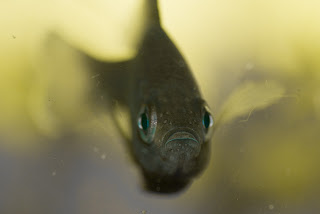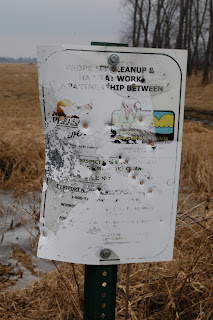I've been writing for the
Oshkosh Scene newspaper most of this year, my work
blog, and I'm back in school, so I haven't been posting here much, but I'll start posting my Scene articles now. The Oshkosh Scene can be found around Oshkosh for free most places, and it also available in a few newspaper machines. Here is my unedited article for November Issue. The article was originally written for the Winnebago Water Level Fluctuation Group.
Generations of the Winnebago
System
When the first pioneers settled
around the Winnebago Pool Lakes in the middle of the nineteenth century, many
made a living off the land and water.
Man and nature worked together, and also against one another. The Fox River was “tamed” by dams, the
prairie sod broken, but nature too had her floods and droughts to remind us who
really is in charge. In and around the
Winnebago Pool Lakes much of the environment was degraded. This environmental degradation changed the
way people interacted with the land and water. To understand how let’s follow a fictitious
family through history.
In 1841 a Norwegian man named
Theodore Olson and his young wife Anna are settling on the north shore of Lake
Poygan. They have hastily erected a mud
and stick house to keep the coming winter storms out. In just two years time their first home will
become the chicken coop, but for now it makes Theodore beam with pride, almost
as much as the moose antlers above the door.
That big deer, the last one in the county, will feed this family through
the winter.











